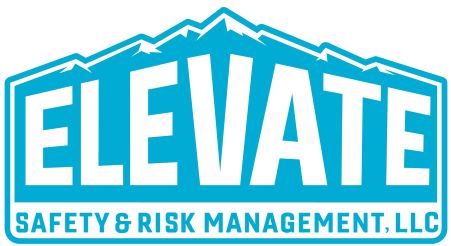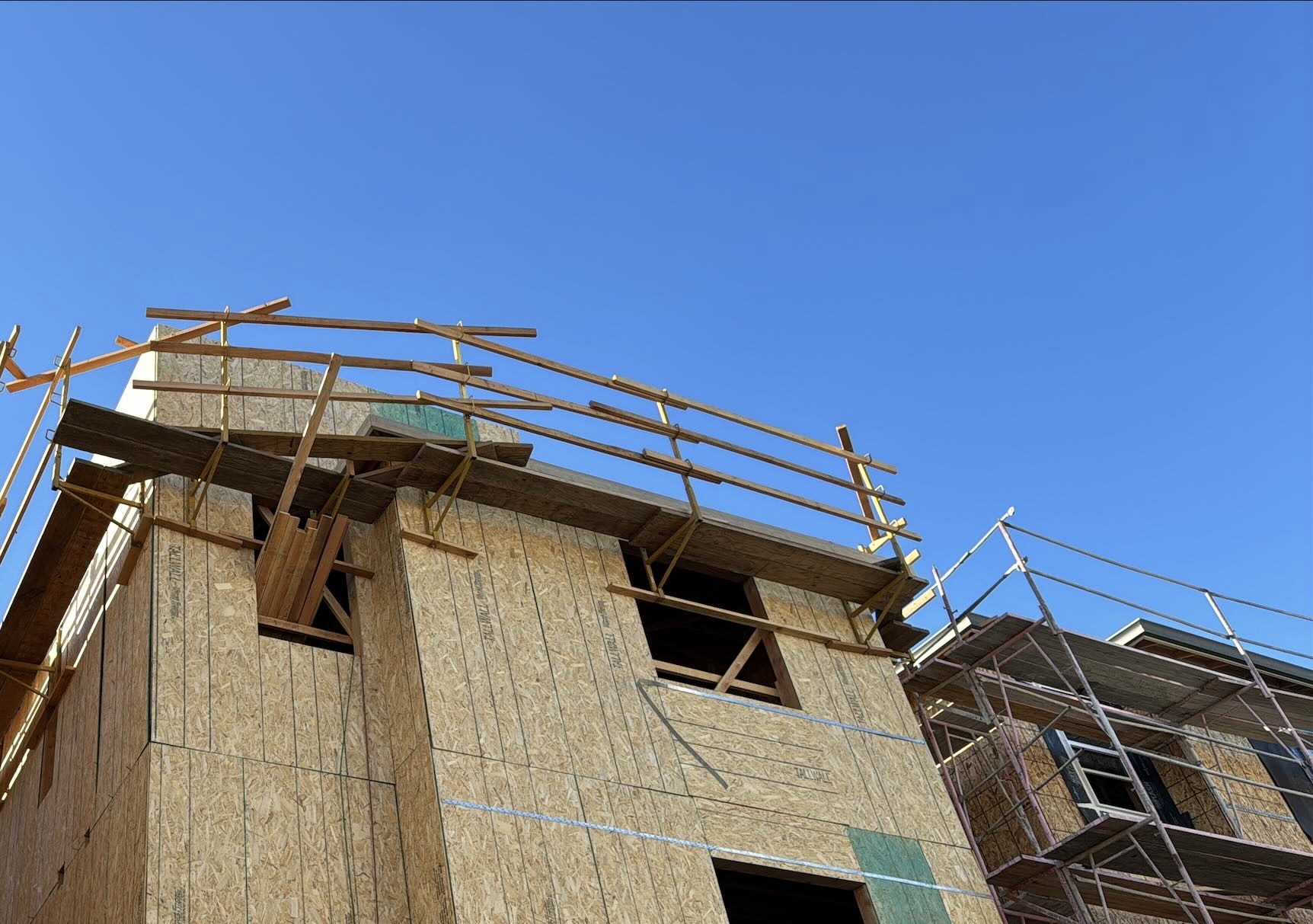On February 15, 2024, Cal/OSHA adopted major updates to Title 8, Section 1716.2, changing fall protection requirements for residential construction. These updates become effective on July 1, 2025.
If you’re building homes in California, now’s the time to prepare. The new rules directly affect how framing and roofing work must be performed—and protected.
Framing: Lower Heights, Higher Standards
Framing crews face the biggest shift:
- New Trigger Height: 6 Feet
Previously, fall protection was only required at 15 feet for framing work. That’s now lowered to 6 feet—a major change. Any framing work over six feet off the ground requires approved fall protection methods. - Controlled Access Zones Eliminated
The old rules allowed for work like truss setting and joist installation in “controlled access zones” without conventional fall protection. That’s no longer allowed. If workers are exposed to a fall of 6 feet or more, they must use guardrails, personal fall arrest systems, safety nets, or other Cal/OSHA-approved systems. - Infeasibility Requires a Qualified Fall Protection Plan
If standard fall protection systems aren’t feasible, employers must develop a site-specific fall protection plan created by a qualified person. This plan must explain why conventional protection isn’t possible and identify alternative protective measures.
Roofing: Sheathing, Covering, and Repairs Now Fall Under the Same Rules
Roofing work is now treated with the same level of stringency:
- 6-Foot Trigger Height for Roofing Tasks
Whether workers are installing or removing roof sheathing, applying underlayment, or covering with shingles or tiles, fall protection is now required starting at 6 feet. - Same Fall Protection Plan Requirement as Framing
If conventional fall protection isn’t feasible for roofing work, the employer must implement a site-specific fall protection plan.
Important: This plan must be developed by a qualified person, not just a competent one—just like for framing. - No More Broad Exceptions
Previous exemptions often used for roofing tasks—such as relying on controlled access zones—are no longer permitted. The expectation is clear: protect workers at 6 feet or higher, or have a qualified fall protection plan in place.
Training and Documentation Are Mandatory
Employers are now explicitly required to train workers on fall hazards and the proper use of protection systems—and document that training. Inspectors will be checking for it.
Fall Protection Compliance Checklist: Be Ready by July 1, 2025
Use this checklist to prepare your residential construction sites for the upcoming Cal/OSHA rule changes:
Policy & Planning
- Review updated Title 8, Section 1716.2 fall protection requirements
- Identify all tasks in framing and roofing that occur 6 feet or more above ground
- Eliminate reliance on controlled access zones—they are no longer permitted
- Determine where conventional fall protection is feasible and required
- For exceptions, have a site-specific fall protection plan created by a qualified person
Training & Documentation
- Train all workers on fall hazards and fall protection equipment use
- Ensure training includes proper setup and inspection of fall protection systems
- Document all training with attendance logs and materials used
- Assign a qualified person to oversee fall protection planning and plan development
Equipment & Jobsite Readiness
- Inspect current fall protection systems (harnesses, anchors, guardrails, etc.)
- Purchase or upgrade equipment to meet compliance needs for 6-foot threshold
- Ensure proper storage and maintenance procedures are in place for all gear
- Post updated fall protection procedures at jobsite entry points or safety boards
Ongoing Compliance
- Schedule regular fall protection audits on all residential projects
- Keep written fall protection plans on-site and available for inspection
- Stay informed on any future Cal/OSHA updates before July 2025
Need Help Navigating These Changes?
We help California contractors stay ahead of Cal/OSHA regulation. From site audits to qualified fall protection plans and crew training, we make sure your job sites are safe and compliant.
Let’s get your framing and roofing operations up to code before July 1, 2025. Contact us today.

